#neolithic monument
Text
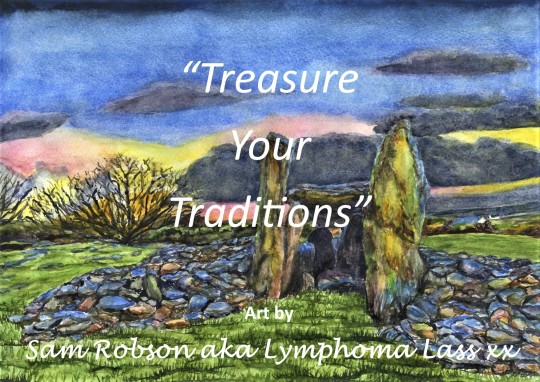
"Treasure Your Traditions"
I feel a bit of a mix, in terms of where I come from, but I'm more than ok with that.
My mother sometimes made oliebollen for New Year, as she had them when she was growing up in Holland. They're nicer than the name suggests: literally translating as "oily balls". They're like crispy donuts, containing dried fruit and sprinkled with sugar, best eaten on the day they're cooked.
But we exchanged gifts on Christmas Day, like other British families, not on 5th December for Sinterklaas, the eve of St Nicholas Day, an important Dutch festival.
Yesterday I remembered how, each Christmas Eve, my parents used to pack for us my Dad's white thigh-high fishing socks (designed to use in waders). At the very bottom of each stocking my brother and I would each find a white tissue-wrapped 50p piece, and an apple and a tangerine or satsuma, and sometimes a sugar mouse. There'd always be a book, and then other little gifts, specific to each of our interests, all wrapped in white tissue paper. One of the nicest things about Christmas Day was comparing what we'd each received and telling Mum and Dad which are favourite items were. They'd always want to know.
The memories gave me warm feelings of being loved, and remembered joy at what might now sound like relatively simple pleasures.
This art is of a Neolithic monument on Ynys Môn (Anglesey). Where we come from might, for some of us, feel like a confusing question but our past is still worth celebrating, especially when we can find happy commonalities!
The art is available printed on all kind of things at:
https://www.redbubble.com/shop/ap/132951915
Thanks!
Sam aka LymphomaLass xx
#ynysmôn#anglesey#neolithic#neolithic monument#treasured traditions#treasure the past#Christmas traditions#family traditions
0 notes
Text



Balnuaran of Clava Prehistoric South West Chambered Cairn, nr. Inverness, Scotland
#ice age#stone age#bronze age#iron age#copper age#prehistoric#neolithic#prehistory#mesolithic#paleolithic#calcholithic#chambered cairn#clava cairns#archaeology#ritual#landscape#standing stones#monument#Scotland#outdoors#wild places#ancient cultures#ancient craft#ancient living
100 notes
·
View notes
Text
Discover how LiDAR technology has unveiled pathways for the dead in prehistoric Ireland, reshaping our understanding of the ancient Baltinglass landscape.
26 notes
·
View notes
Text

Stonehenge, 2 May 1816 by Francis Etheridge
#francis etheridge#art#stonehenge#wiltshire#england#salisbury plain#megalithic#megalith#prehistoric#neolithic#structure#monument#bronze age#stones#british isles#britain#europe#european#clouds
125 notes
·
View notes
Photo
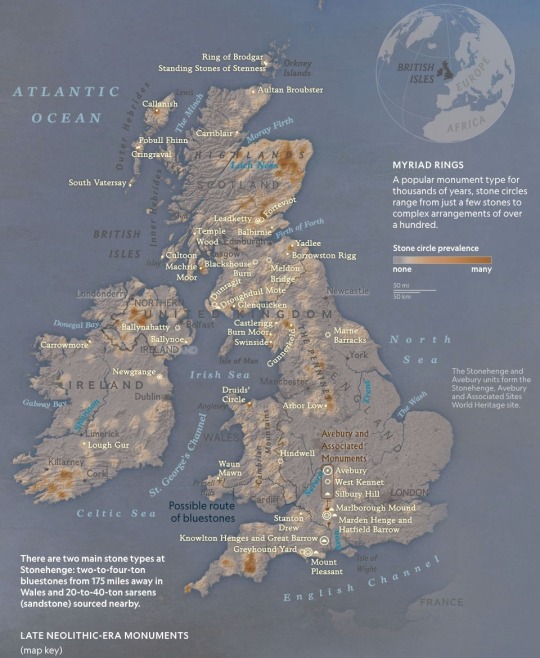
Late neolithic-era monuments.
by natgeomaps
Something momentous was in the air in the south of Britain about 4,500 years ago during the dying days of the Neolithic era, the final chapter of the Stone Age. Whatever it was—religious zeal, bravura, a sense of impending change—it cast a spell over the inhabitants and stirred them into a frenzy of monument building.
In an astonishingly brief span of time—perhaps as little as a century—people who lacked metal tools, horsepower, and the wheel erected many of Britain’s huge stone circles, colossal wooden palisades, and grand avenues of standing stones. In the process they robbed forests of their biggest trees and moved millions of tons of earth.
212 notes
·
View notes
Text



some renders of my 3d model of Stonehenge.
10 notes
·
View notes
Photo

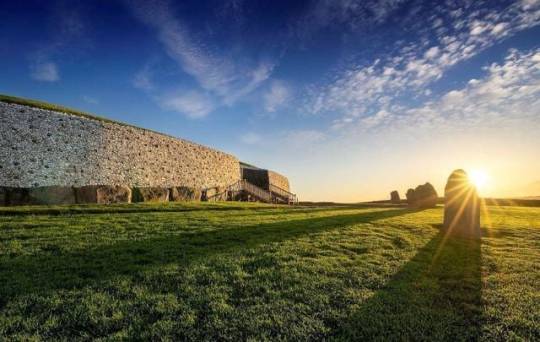
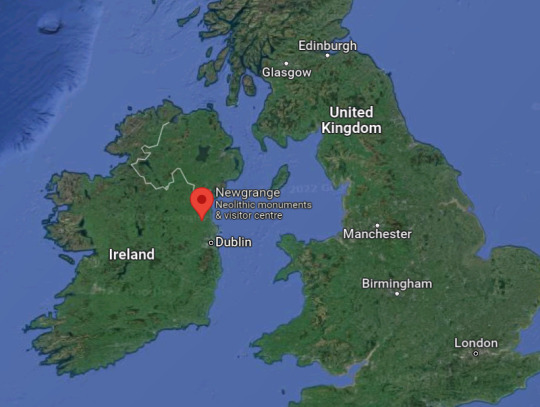
photos: The Winter Solstice at Newgrange in County Meath. (Ireland's Content Pool). sourced from Irish Central.
The Winter Solstice is an astronomical phenomenon that marks the shortest day and the longest night of the year. In the Northern Hemisphere, the Winter Solstice occurs on December 21 or 22, when the sun shines directly over the tropic of Capricorn. It is the basis for many religious holidays around the world.
At sunrise on the solstice, direct sunlight can enter the Newgrange monument—a large 5,000-year-old (older than Stonehenge and the Great Pyramid of Giza) Neolithic tomb structure built north of Dublin—through a specially contrived small opening above the entrance to illuminate the entry chamber for a short period of 17 minutes. The monument is believed to be a place of worship for a “Cult of the Dead.”
#winter solstice#solstice#newgrange#newgrange monument#astronomy#astrology#december 21#ireland#county meath#stone age#monument#world heritage site#tomb#temple#neolithic#megalithic#christmas#new year#winter#New Grange
63 notes
·
View notes
Photo

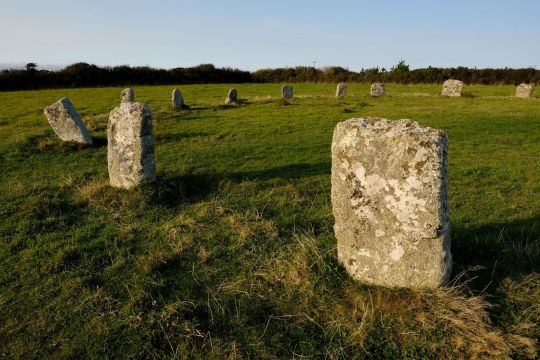
The Merry Maidens is a late neolithic stone circle located 3 km to the south of the village of St Buryan, in Cornwall, United Kingdom. The circle is thought to be complete. The local myth about the creation of the stones suggests that nineteen maidens were turned into stone as punishment for dancing on a Sunday. (source / photos)
#don't mind me i'm having fun preparing a trip to cornwall i may or may not take someday#neolithic#cornwall#neolithic monuments#folklore#stone circle#uploads
47 notes
·
View notes
Text
malta and gozo neolithic sites save me... save me malta and gozo neolithic sites....
#hypogeum.... scream. scream. scream. scream#this is another thing about me. i also really like neolithic monuments
3 notes
·
View notes
Text
path: *is fenced off*
visitors:

#stop trampling the wildflower meadow and climbing on the ancient neolithic stone monument!!!#some guy literally took apart a fence today and then went “oh i didn't know we weren't allowed in here”#i hate customers!!!!#rose's gay little job#rose's ramblings
6 notes
·
View notes
Text


✨️pics are not mine✨️
Stonehenge is a neolithic monument made from sarsen stone (outer ring) and a bluestone (inside ring). Archaeologists believe that it was constructed from around 3000 BC to 2000 BC. It was produced by a culture that left no written records. That's why we don't really know, what was the function of it. Stonehenge may have been built as a symbol of "peace and unity" of Britain's Neolithic people.
🤍 place: Salisbury Plain in Wiltshire, England
🤍 time period: Neolith/Bronze Age
🤍 culture: Bell Beaker Culture/Wessex Culture
#architecture#history#stonehenge#professor neolith#neolithic#bronze age#megalithic#archaeology#archeolgst#archaeologist#art#dark acadamia aesthetic#dark academia#art history#prehistoric#prehistoire#monument#england#britain
6 notes
·
View notes
Text
The Callanish Stones
Nikki Robson
July. Summer on the island
muffles in scarves.
Merino-socked, Berghaus-booted,
swap cocoon of car
for hilly slither. Pilgrim-trail
with sodden strangers,
step in time to the cadence of rain.
White-trainered Americans patter: there isn’t a bus,
Earl, I can’t believe there isn’t a bus.
Even taped seams leak. Cold as
Lewisian gneiss, circle
the circle of Neolithic ritual.
Reach out, for Callanish grants
what Stonehenge forbids:
it feels like wet stone.
On the downhill squelch,
the final syllable’s a sneeze.
I buy a fridge magnet.
3 notes
·
View notes
Text
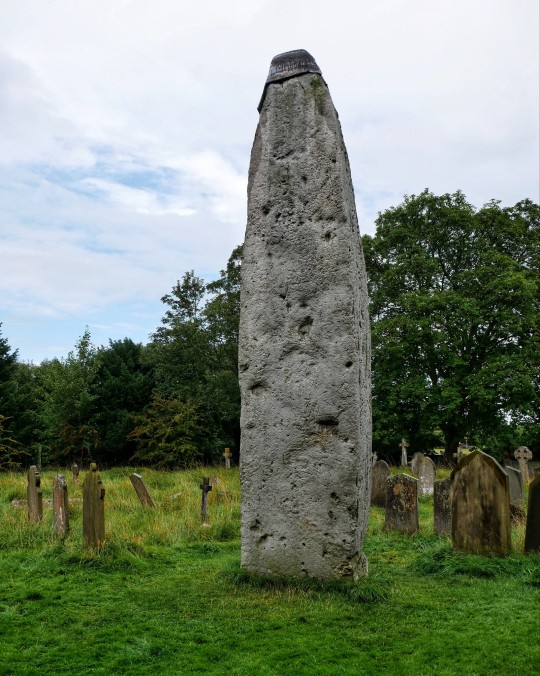




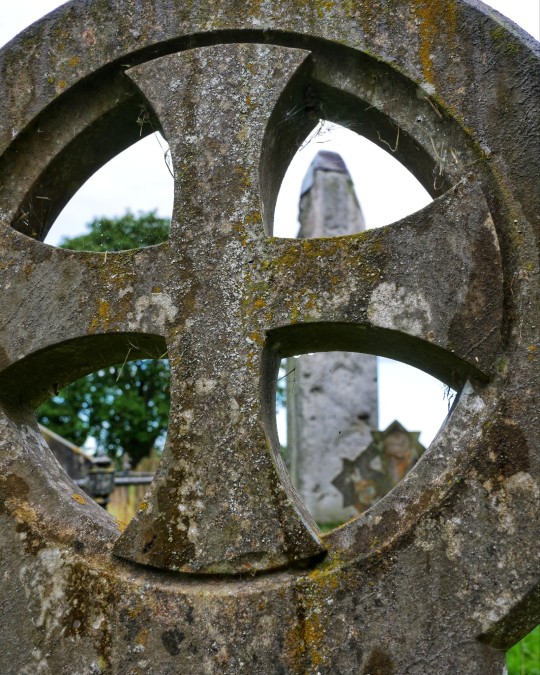
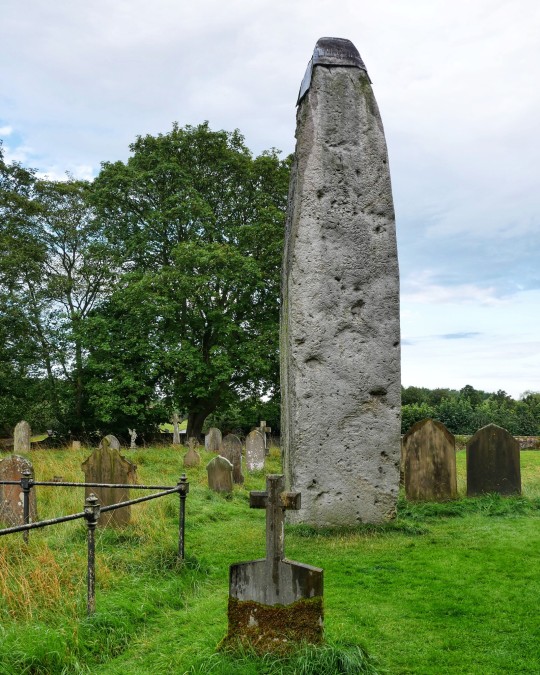

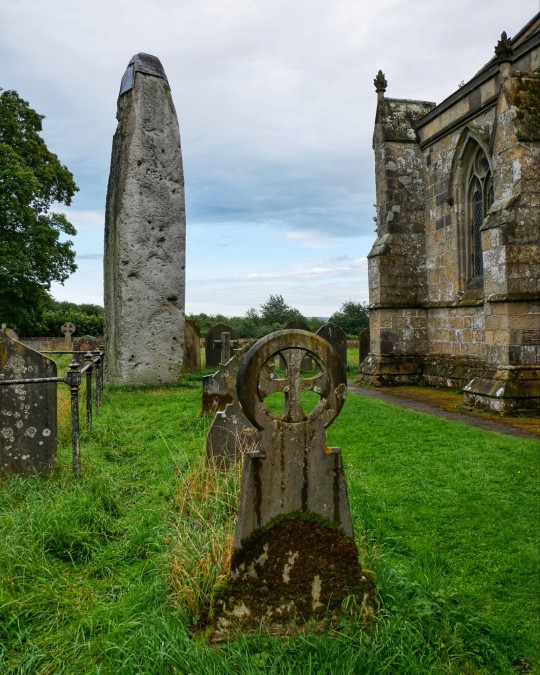

The Rudston Monolith, Rudston, East Yorkshire
#ice age#stone age#bronze age#copper age#iron age#neolithic#mesolithic#calcholithic#paleolithic#prehistoric#prehistory#megalithic#megalith#monolith#monster#yorkshire#monument#ancient living#ancient cultures#archaeology#relic#stonework#churchyard
193 notes
·
View notes
Text
Rushing to Stonehenge to see the Winter Solstice sunrise, early risers might have got the wrong end of the stick, or, in fact, the wrong end of the day. Experts explain how the world-famous monument is designed to align with the setting of the Sun on the Winter Solstice, not its rise!
#Stonehenge#Solstice#winter#Winter solstice#sunset#monument#Neolithic#ancient#history#ancient origins
41 notes
·
View notes
Text
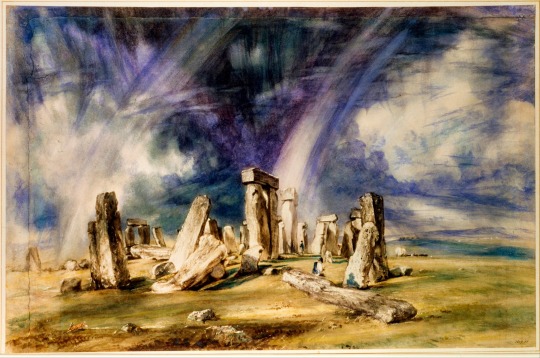
Stonehenge by John Constable
#stonehenge#art#john constable#prehistoric#monument#salisbury plain#wiltshire#england#britain#british isles#stones#neolithic#bronze age#archaeology#europe#european
86 notes
·
View notes
Text
If everything was possible and every study I did would lead me to a job that suited me and I could manage to do I would study history with my whole heart
#either something to do with neolithic people and like my beloved burial mounds#or completely on the opposite on the time scale and study colonialism#<- i always feel really awkward about the topic like im doing my 'high school thesis' on a specific monument but colonialism more generally#and whenever i tell someone about it they pause for a few seconds like theyre thinking im some creepy pro-colonialist or something like that#so obligatory disclaimer im very much not that person lol oh my god
0 notes